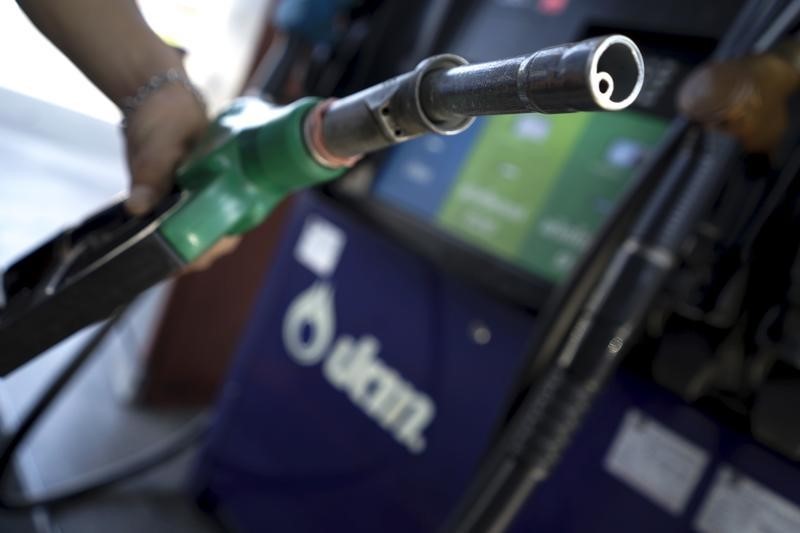(Corrects milestone in paragraph 11 to 2003, from 2013)
* Oil producers not responsive to current prices -Goldman
Sachs
* ABN Amro cuts 2016 Brent and WTI forecasts by $10-$15
* Investors taking protection against $25 a barrel prices
* US oil rig count lowest since 2010 as drillers step up
cuts
By Barani Krishnan
NEW YORK, Jan 8 (Reuters) - Oil fell for a fifth straight
day on Friday, losing 10 percent on the week, and Goldman Sachs (N:GS)
said more losses were needed to force producers to cut supplies
adequately to balance the glut and bleak demand outlook in the
market.
Futures of global oil benchmark Brent and U.S. West Texas
Intermediate (WTI) crude seesawed through the day, settling
slightly lower after stock prices on Wall Street gave up their
earlier strength. The two benchmarks hit 12-year lows earlier in
the week after China's stock market crash roiled global markets.
Since the selloff in oil began 18 months ago, traders and
investors have wondered how long and deep the slide would go as
prices fell from above $100 a barrel to below $40, and looked
poised to break below $30 next.
Goldman, which has said oil could hit $20, said in a note on
Friday the market needs to see sustained low prices through the
first quarter "so producers will move budgets down to reflect
$40 a barrel oil for 2016."
The note, based on interactions between oil producing
companies and investors at a Goldman conference in Miami this
week, concluded that producers were not ready to slash output at
current prices.
"Instead, producers spoke largely of their agility to spend
within cash flow and ... ramp up when needed," the Wall Street
bank said. "This hurt sentiment as investors came away concerned
that companies were not being responsive enough."
The glut has persisted despite a drop in U.S. oil drilling
rigs last year - the first annual cut since 2002 and the biggest
decline since at least 1988, according to Baker Hughes.
In the first week of 2016, however, energy firms stepped up
the rate of idling rigs and the U.S. oil rig count dropped to a
five-year low. RIG/U
Brent LCOc1 settled 20 cents lower at $33.55 a barrel. It
hit a session low of $32.78, after sliding on Thursday to
$32.16, the lowest since April 2004.
For the week, Brent fell 10 percent, just behind the 11
percent drop in the opening week of 2015, which was a record
loss for oil in the first full trading week of any year.
WTI CLc1 ended 11 cents lower at $33.16. It fell to $32.64
earlier in the day, after falling to $32.10 on Thursday, its
lowest since December 2003.
"The sentiment is still extremely negative and short
positions are still at excessive levels," Hans van Cleef, senior
energy economist at ABN Amro, told the Reuters Global Oil Forum.
"That makes it also hard to pinpoint the timing of the expected
recovery."
ABN Amro cut its 2016 Brent and WTI price forecast to $50
per barrel from its prior view of $65 and $60, respectively.
U.S. stock indexes .SPX .DJI bounced in and out of
positive territory in choppy trading. MKTS/GLOB
"In my view, crude is still just a number on screen with
little implications for most of the people and computers that
are actively trading," said Scott Shelton, energy broker and
commodities specialist at ICAP (L:IAP) in Durham, North Carolina.
"It will keep going down until the equity world stops
selling off."
The options market indicates concerns oil prices can fall
further. Some investors are acquiring put options giving them
the right to sell at $25 a barrel, anticipating that Brent will
fall below that, and the costs of those options are soaring.
Over the past year, the world has been producing 1.5 million
barrels per day more oil than it consumes. The Organization of
the Petroleum Exporting Countries and the International Energy
Agency expect global demand growth to slow in 2016 to around
1.20-1.25 million bpd from a very high 1.8 million bpd in 2015.
